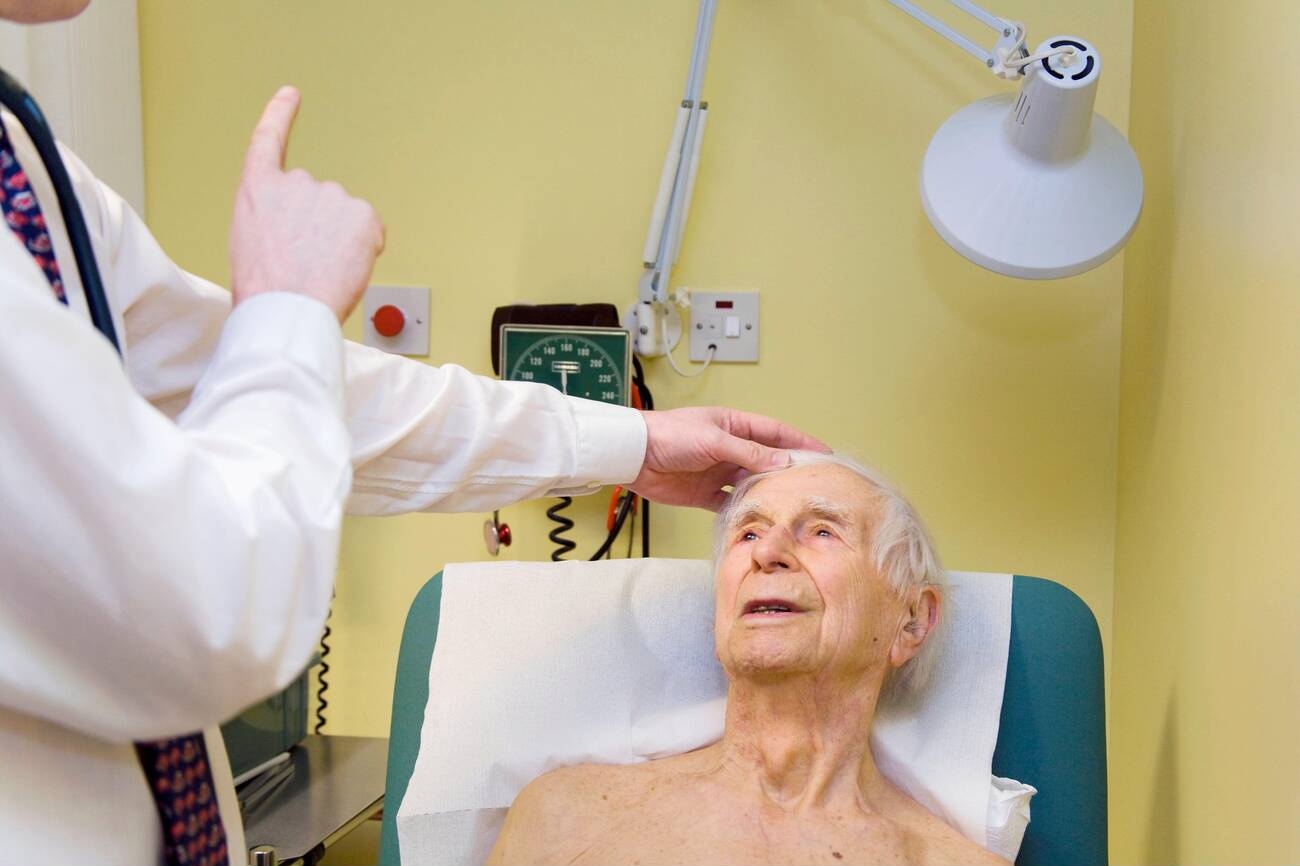Imagine waking up one morning, reaching for your glasses, and realizing that the world before you is blurry. You try to rub your eyes, hoping it’s just a temporary glitch. Unfortunately, blurred vision after a stroke is not uncommon. In fact, it’s one of the visual symptoms many individuals experience post-stroke. But fear not! There are ways to manage this frustrating side effect and regain clarity in your sight. Let’s explore the connection between blurred vision and stroke and discover the treatment options available to you.
The Relationship Between Blurred Vision and Stroke
If you experience blurred vision after a stroke, it may be due to damage affecting nerve control. Blurred vision is a common visual problem that can occur after a stroke and can greatly impact your daily life. The causes of blurred vision after a stroke can vary, including damage to the occipital lobe responsible for processing visual inputs or damage to the brainstem which handles visual balance and eye movements. There are different types of blurred vision that can occur, such as double vision or difficulty focusing on objects. However, there is hope for improvement through rehabilitation and training. With the right treatment and coping strategies, you can work towards improving your vision and regain some level of independence. It’s important to seek support from healthcare professionals who specialize in treating visual problems after stroke, as they can provide you with the necessary guidance and resources to help you manage your condition effectively.
Causes of Blurred Vision After a Stroke
Damage to the nerves controlling eye movements can result in blurred or double vision after a stroke. Understanding the causes of this vision problem is crucial for effective management and rehabilitation. Here are some key factors that contribute to blurred vision after a stroke:
- Nerve damage: Stroke can cause damage to the nerves responsible for controlling eye movements, leading to difficulties in focusing and seeing clearly.
- Weakness in eye muscles: The muscles that control eye movement may become weakened or paralyzed after a stroke, affecting visual clarity.
- Wobbling eyes (nystagmus) and gaze palsy: Some individuals may experience involuntary eye movements or have trouble moving their eyes in certain directions, further impacting vision.
- Impact on nerve control: When the nerves controlling the eyes are damaged, it can disrupt normal functioning and lead to blurred or double vision.
Rehabilitation programs focused on visual training, using techniques such as glasses, prisms, patching, magnifiers, and visual scanning can help individuals manage and improve their vision post-stroke. Prevention measures include managing risk factors like high blood pressure and diabetes that contribute to strokes. By addressing these causes and undergoing appropriate rehabilitation, individuals with blurred vision after a stroke can regain some level of visual function and enhance their overall quality of life.
Types of Vision Problems Associated With Stroke
The various types of vision problems that can occur after a stroke include visual field loss, visual neglect, agnosia, and eye movement issues. These problems are caused by damage to specific parts of the brain responsible for processing visual inputs and controlling eye movements. It is important to work closely with a healthcare team and consult a doctor who may refer you to specialists such as neuro-optometrists or neuro-ophthalmologists for diagnosis and treatment. Treatment plans are tailored to individual needs and goals, which may include training techniques to adjust to blind spots or areas of vision loss, scanning exercises to navigate around these areas, and rehabilitation programs focused on improving visual perception. Managing vision problems at home may involve avoiding driving at night or in low light situations, using over-the-counter eye drops to prevent dryness, wearing sunglasses or anti-glare glasses for light sensitivity, and utilizing in-home training aids like magnifiers. Remember that early intervention and working with specialists can lead to better coping strategies for visual impairment after a stroke.
Treatment Options for Blurred Vision After Stroke
To address blurry vision after a stroke, you can consult with a healthcare professional who will recommend suitable treatment options. Here are some approaches that may be recommended for managing and improving your vision:
- Rehabilitation techniques: You may undergo visual training and ocular therapy to help strengthen your visual abilities and compensate for any impairments caused by the stroke.
- Visual aids: Your healthcare professional may suggest the use of visual aids such as glasses, prisms, magnifiers, or other assistive devices to enhance your vision and make daily tasks easier.
- Multidisciplinary approach: Treatment for blurry vision after a stroke often involves a team of specialists, including neuro-optometrists, neuro-ophthalmologists, and orthoptists who work together to develop a comprehensive treatment plan tailored to your individual needs.
- Ongoing support: It is important to continue working closely with your healthcare team to monitor your progress and make any necessary adjustments to your treatment plan as you recover from the stroke-induced blurry vision.
Coping With Blurred Vision: Strategies and Support
You can utilize various strategies and seek support to cope with the challenges of blurry vision after a stroke. Blurred vision causes can vary depending on the area of the brain affected by the stroke. It is important to work closely with your healthcare team, including neuro-optometrists and neuro-ophthalmologists, who can diagnose and treat visual problems. They will create a personalized treatment plan to improve your vision. Training techniques such as scanning and visual perception rehabilitation can help adjust to blind spots or areas of vision loss. Additionally, there are support strategies available to help you manage your blurred vision, such as using in-home training aids like magnifiers and wearing sunglasses or anti-glare glasses to reduce light sensitivity. Remember that early intervention and working with specialists are crucial for coping with blurred vision after a stroke.




